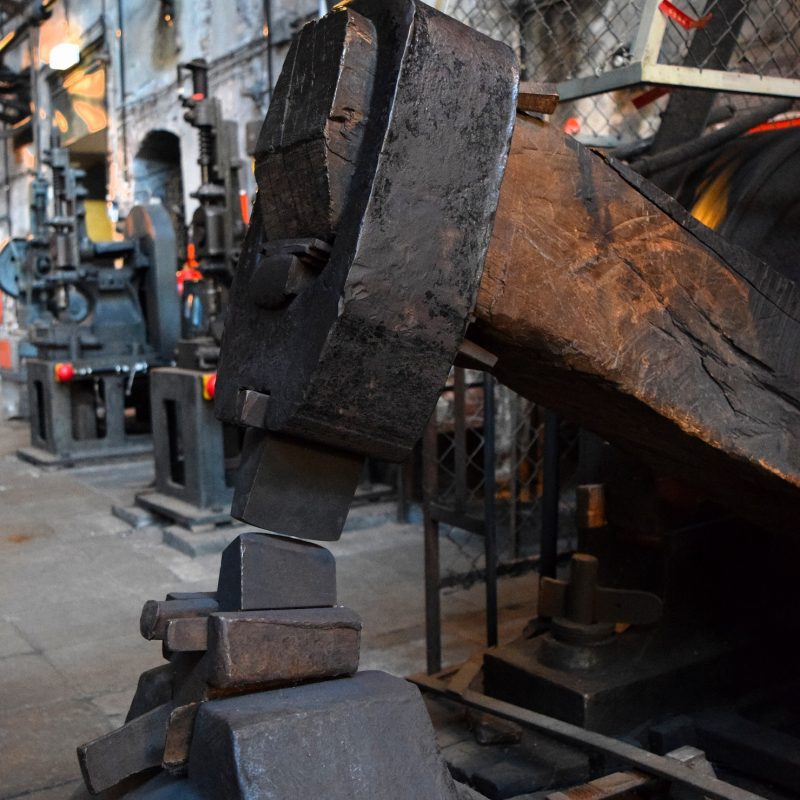Continuous Destruction

Whether it’s Kaizen or the Aggregation of Marginal Gains, the focus on continuous improvement is a constant drum that’s been beating for quite some time now. It’s unlikely to stop.
As with many sensible things, the concept of always improving makes lots of sense. However, the practical reality of making it work for everyone is very different.
So, how can it avoid being just another initiative for everyone to avoid feeling they’re failing at?
High performance headlines
- In the world of sport, most days are spent on the reality of making essential improvements, so it focuses continual effort and energy in a very practical way
- Continuous improvement is much more to do with an ongoing effort to improve than it is the need to constantly see the improvement. It’s about a mindset state which is fixed on process rather than outcome
- A commitment to continuous improvement requires you to use a regular, disciplined routine, which eventually becomes a valued habit
The full viewpoint
It’s been said in the world of high performance sport that “Training is essentially a destructive method. You’re breaking down muscle fibre in order to ensure it grows back stronger. That is the main principle.”
The simple idea of the ‘destructive method’ is one that great performers know is at work every day that they train to improve . They have to push the current level of their body, their skill, their thinking and their habits, so that some damage is caused, which when repair happens, means a stronger foundation. This is a simple idea that’s worth building on when it comes to thinking about improvement.
If you’re going to break something down you’ve got to put it under pressure. You also have to expect that if you’re breaking something down, it won’t always work as well as you’d like it to. You also have to remember that you’re breaking it down deliberately to make it stronger, so you have to be good at trusting the growth process and holding your nerve that, ‘I will be better’. So if you’ve got an improvement mindset you’d understand – and expect – to go backwards to move forwards at times.
Constructive Destruction
Great performers use a couple of key things to help create the destruction and resulting repair and growth.
A tried and tested approach is to simply increase the resistance your body has to work against. This works easily with physical training, but it’s not too much of a leap of faith to see it can work with other elements of performance. For example, if you want to improve selling skills, it’d be worth practising with an audience who have been instructed to be expert at raising objections and being tough to sell to. A high resistance audience. Easy to do once. Those committed to improving know they’ll do this regularly to keep stretching their skill.
Another way of creating the conditions for improvement is to practice when you’ve got less capacity than you normally would. Here, time and energy are your easiest things to play with. So, we’d see great performers testing themselves out at the end of a long day to see how well they can deliver a key performance skill or value for a key colleague when lower on energy, but still needing to step up.
Let the dust settle
Once you’ve pushed yourself, there’s two things that drive home the opportunity to grow that are a key part of your routine improvement. First, some time to let the benefit of your efforts to take effect. Second, the chance to reflect on some key questions.
There are some simple questions that great performers focus on:
- What was I working on improving?
- How well did I deliver what I intended to in the circumstances I created?
- What worked really well for me?
- What didn’t work so well?
- What will I change going forward to know I’ve improved?
If you get used to taking time between efforts to improve something specific about your performance combined with using simple questions in a disciplined way, you’ll get very good at breaking things down to build them up. You can’t have growth without using this key time. So, remember that when this bit of the process is just as important as the ‘training sessions’ themselves.
Take your medicine
If you’re going to really get into the mindset and behaviours of great performers, then you’re going to have to commit to doing the dust settling and evaluating bit with as much quality as you do the actual training session. We see loads of people who think the training is over once they’ve packed up from the session they’ve just done . They’re then surprised when the sessions don’t seem to have much impact in the next few weeks. That’s a bit like someone thinking they’re going to get better from an illness once they’ve taken possession of their medication, but never actually taking any of it.
So, if you want to improve like the best, you need to start with the mindset that it’s all about being brilliant at the responses you develop to training sessions and it being much less about simply doing loads of training sessions. When you’ve got this bias in your head, then you’ll be superbly set up to be brilliant at Constructive Destruction. Now, go and take your medicine.

